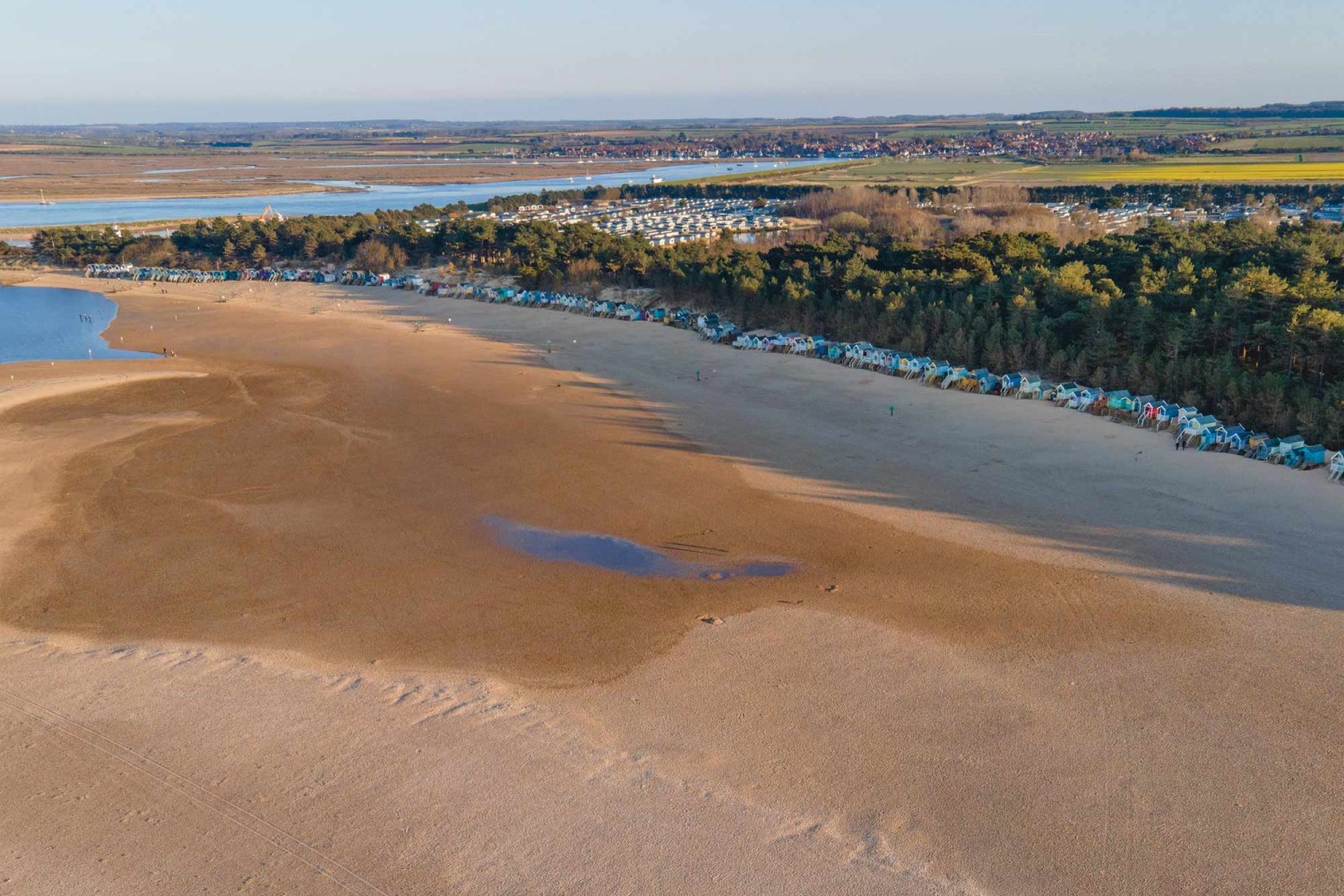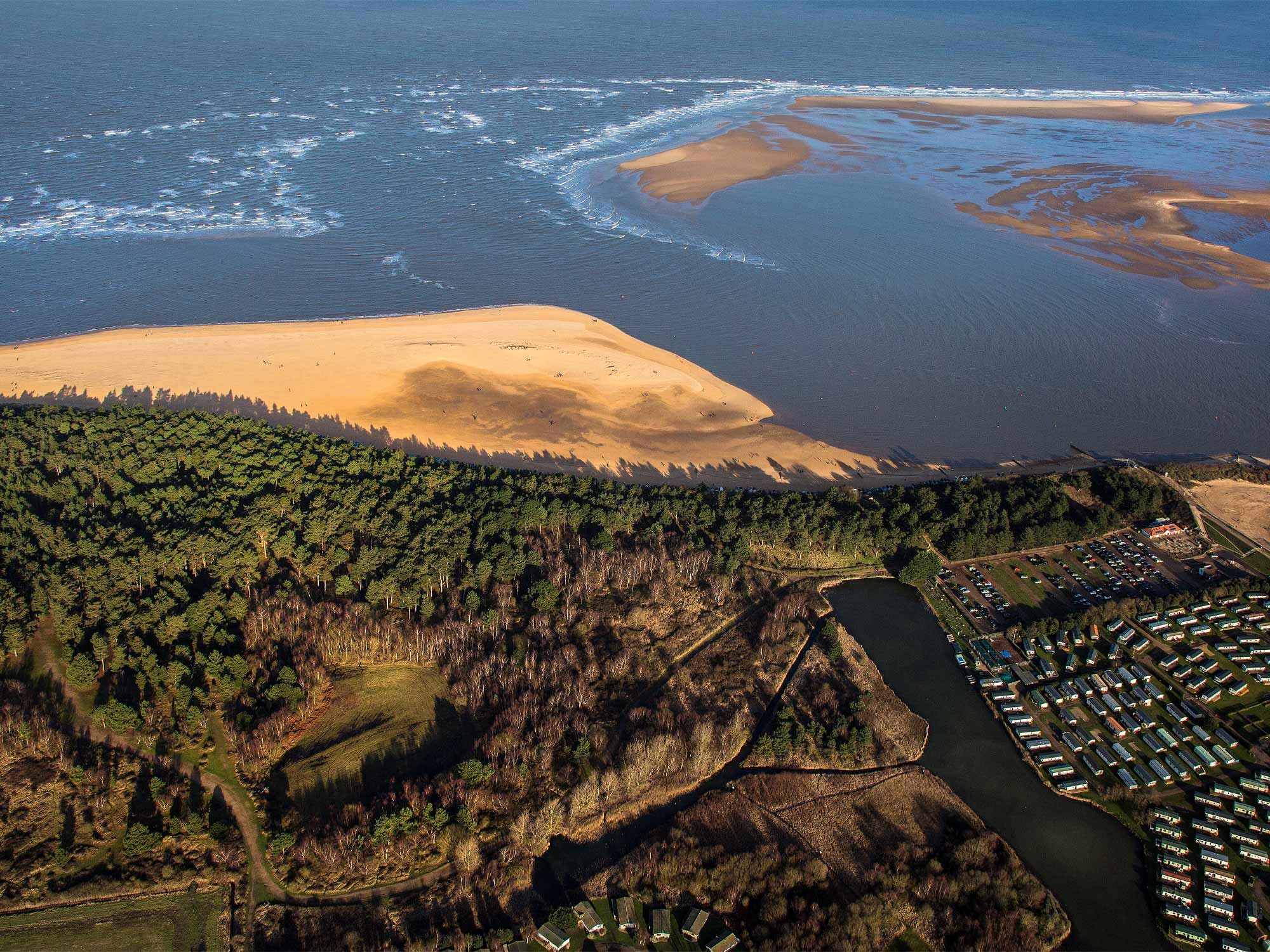
One of our most valuable natural resources...
It’s surprising that the pinewood at Holkham is little more than 200 years old, but it’s even more remarkable that it features some scarce plants and often provides a winter home for extremely rare birds
The National Nature Reserve at Holkham is the largest in the entire country, covering almost 10,000 acres, containing a wide range of different habitats leading to a three-mile stretch of beach that was recently voted the best in the UK, and providing a home to a vast number of migrating birds and several rare invertebrates and plants. It’s also one of only two sites in the UK to have an colony of antlions.
And in the unlikely event you could want anything more from a single location, it also features a breathtaking pinewood that stretches all the way from Holkham to Wells-next-the-Sea and is visible from the sea, the land and the air.
Planted on an ancient sand dune over the course of 20 years in the late 19th century by Thomas William Coke, 2nd Earl of Leicester, the pinewood features three different types of tree. The Corsican Pine has a grey trunk and produces small cones, the Scots Pine has a distinctive orange upper trunk, and the Maritime Pine develops large cones in treetop clusters.
It’s almost impossible to imagine that some 200 years ago this beautiful environment was simply a prominent ridge of sand dunes resembling Burnham Overy and Scolt Head at Brancaster.
By the time the last sea wall in the area was built at Wells, most of the former marshes had already been converted to fields for arable crops and sheep grazing - all of which had to be protected from the vagaries of the changing tides.
The pine trees not only stabilised the fragile dunes, but prevented huge amounts of sand from blowing inland onto the cropped fields. But it’s not all about pine - the woodland also features oak, birch, sycamore, willow and elm - alongside hawthorn, bramble, elder and spindle bushes.
One of the more interesting trees is the invasive and infamously aggressive Holm Oak.
Its ‘real’ home is the eastern Mediterranean but was planted in significant numbers at Holkham during the 18th century using acorns used as packing material in the many statues and paintings shipped to Holkham Hall from Europe. Very resistant to salt-spray from the sea, they’re very useful as windbreaks in coastal areas - although the trees have a tendency to dominate and eventually replace any other tree in the area.
Without the careful management and intervention of an independent advisory board and the Holkham Estate’s team of wardens and conservationists, the varied environment would eventually be replaced by a woodland consisting exclusively of Holm Oak - with the trees’ dense canopies having a devastating impact on the reserve’s other plants and wildlife.
And that’s one of the pinewood’s most valuable assets.
In addition to the attention-grabbing foxgloves, you can find pretty little Heath Speedwell flowers and (if you’re lucky) tiny white orchids - this is one of the few remaining sites in England where you can spot them.
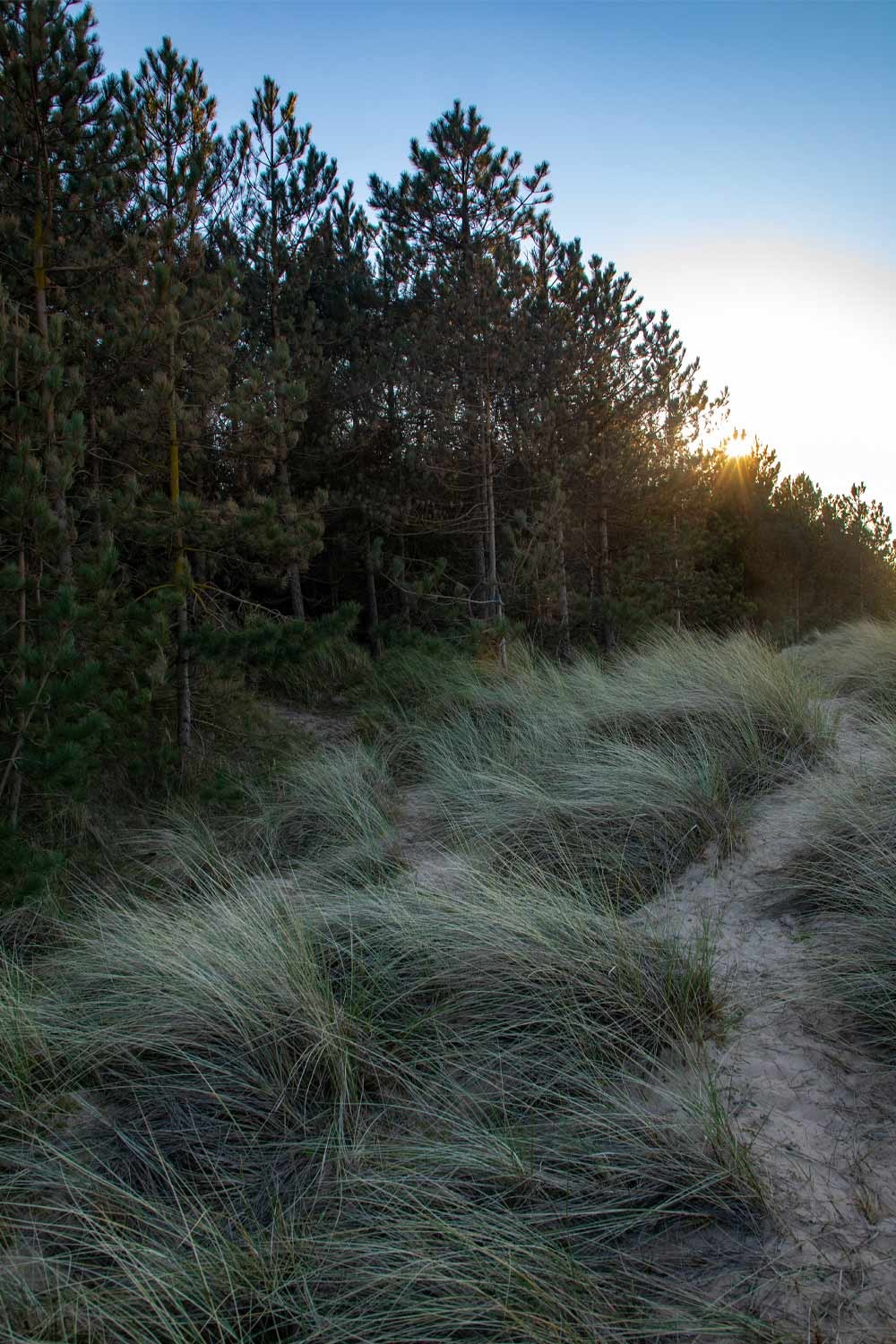
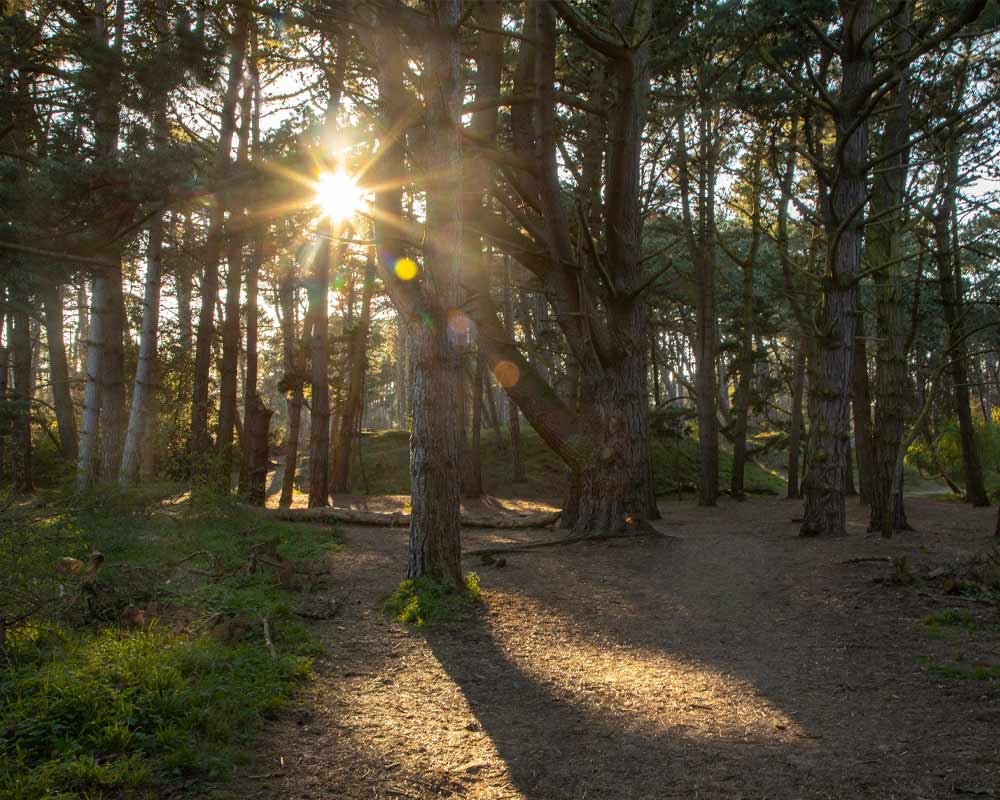
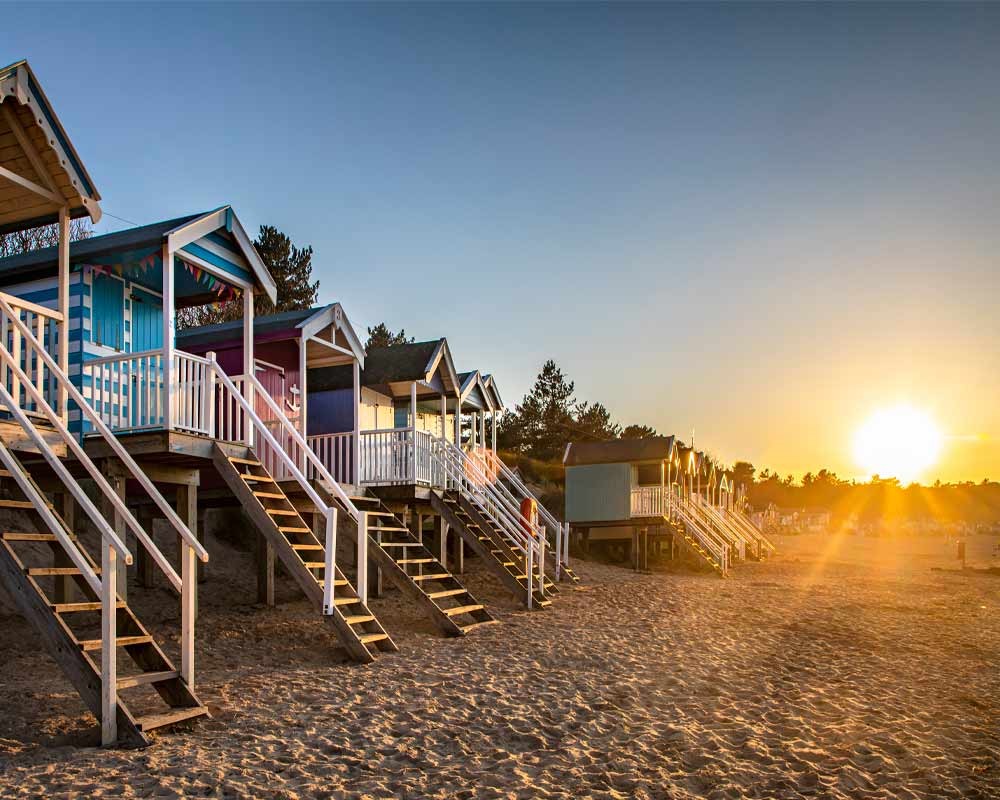
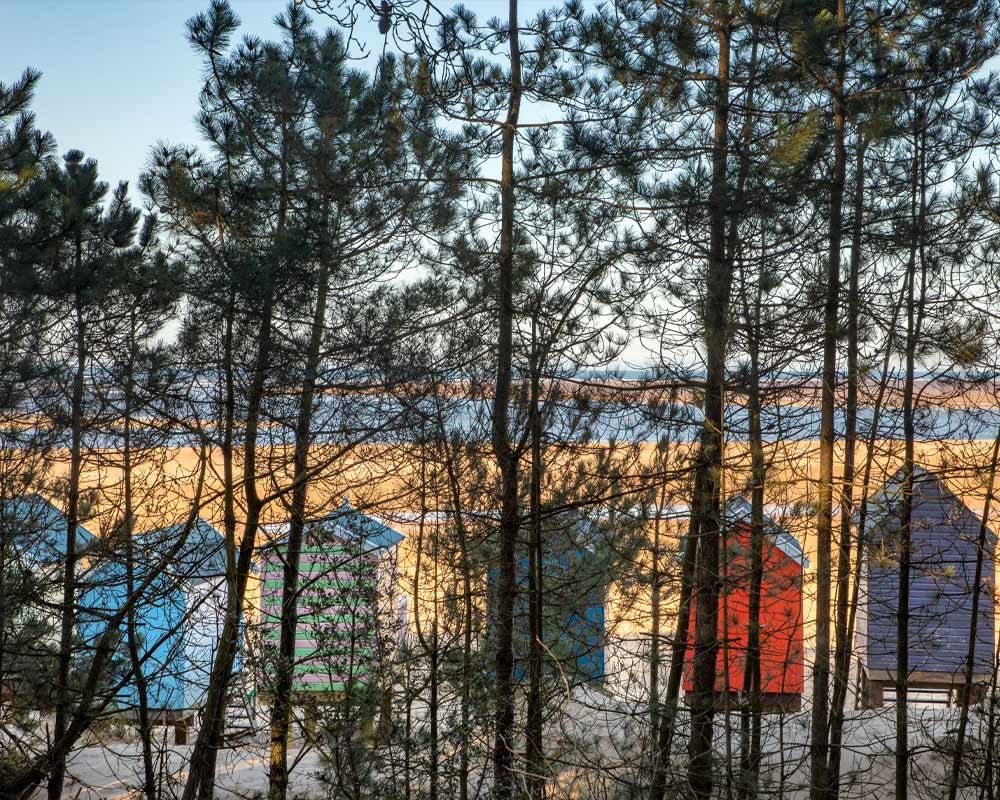
For nature lovers, the pinewood is a rare treat indeed. Towards the end of the summer it’s full of migrant songbirds and while we may be familiar with thrushes, finches and warblers other winged visitors to Norfolk are far more elusive.
In 1989 a red-breasted nuthatch spent its winter at Holkham, having flown all the way from Canada - a bird species that had never been seen in the UK before. Or since.
A citril finch arrived in 2015 (a bird seen only once before in the UK) and some parrot crossbills also made their UK debut when they nested in the area in the mid-1980s.
Sadly the last red squirrel at Holkham died in 1989, but it’s hoped that at some point in the future these delightful creatures may be re-introduced to the pinewood - the perfect home for them.
As one of the most attractive locations on the north Norfolk coast, the pinewood at Holkham attracts well over 100,000 visitors every year and the reserve is equally important to the local economy. This is, however, a delicate and fragile environment so all visitors are advised to follow the Coastal Code in order to continue enjoying, respecting and protecting the area.
